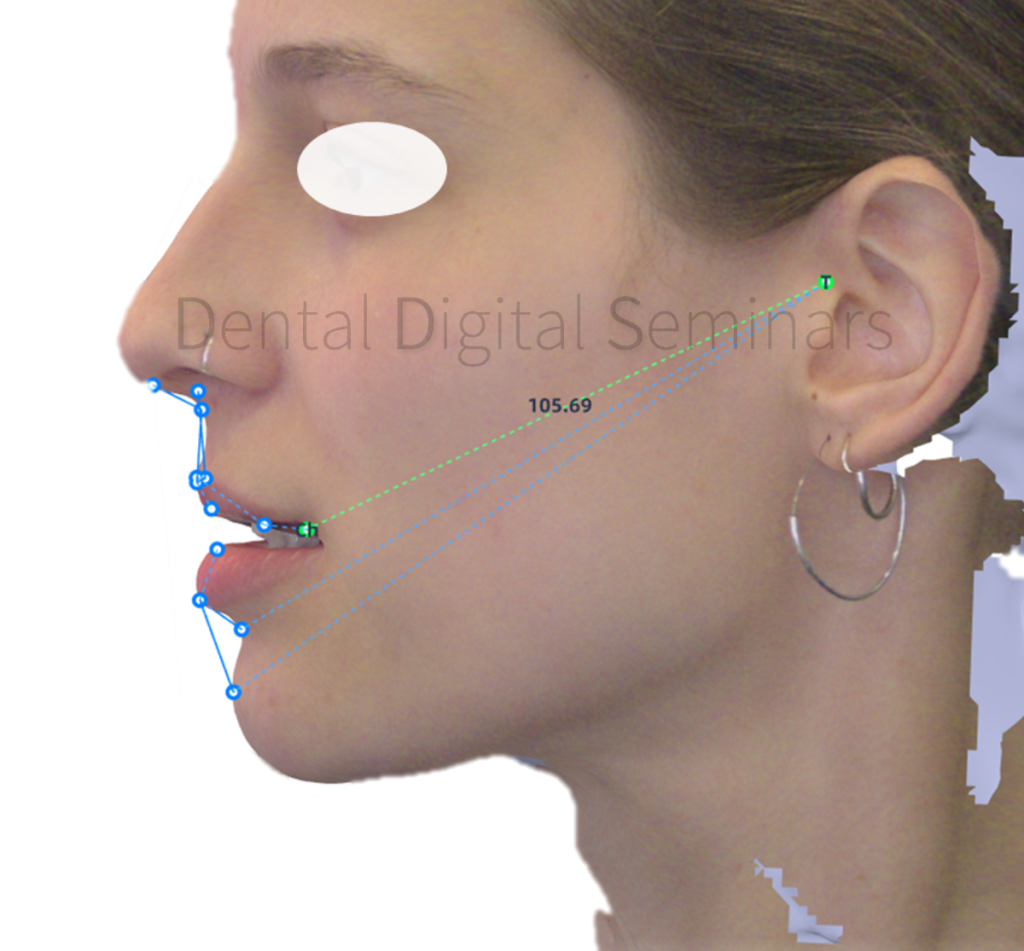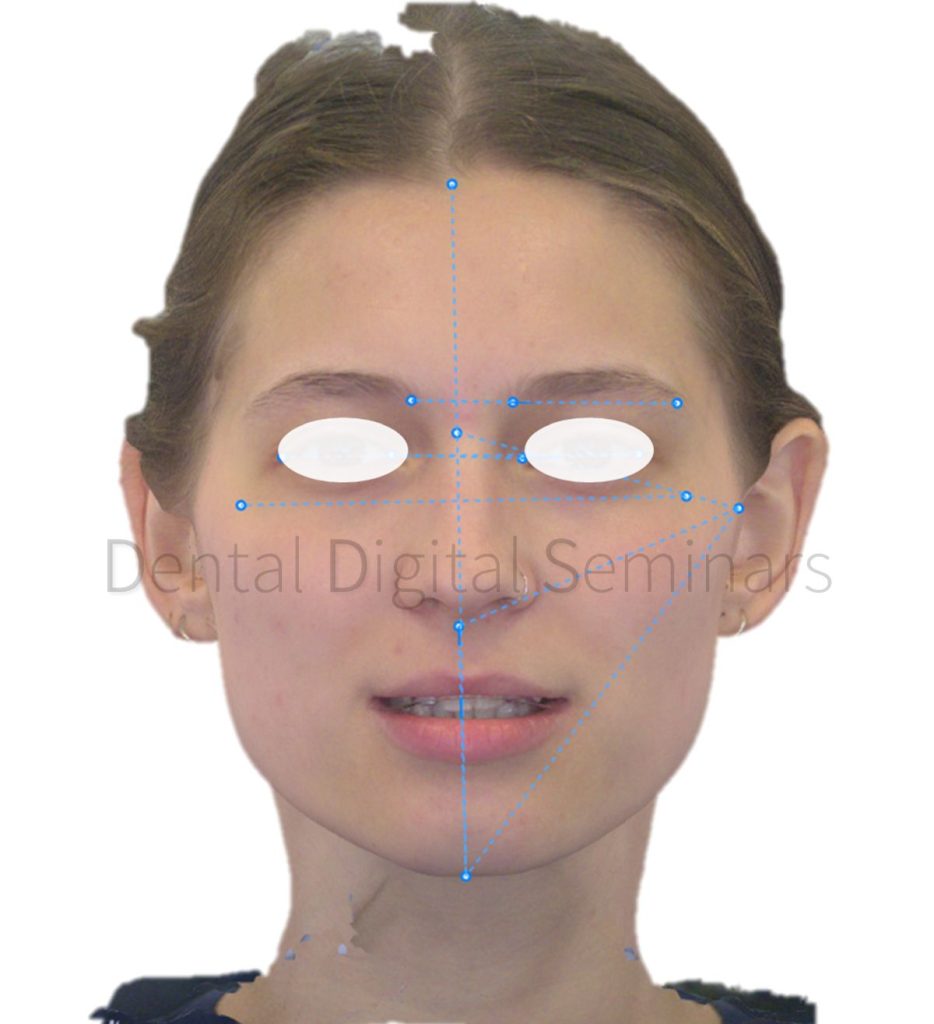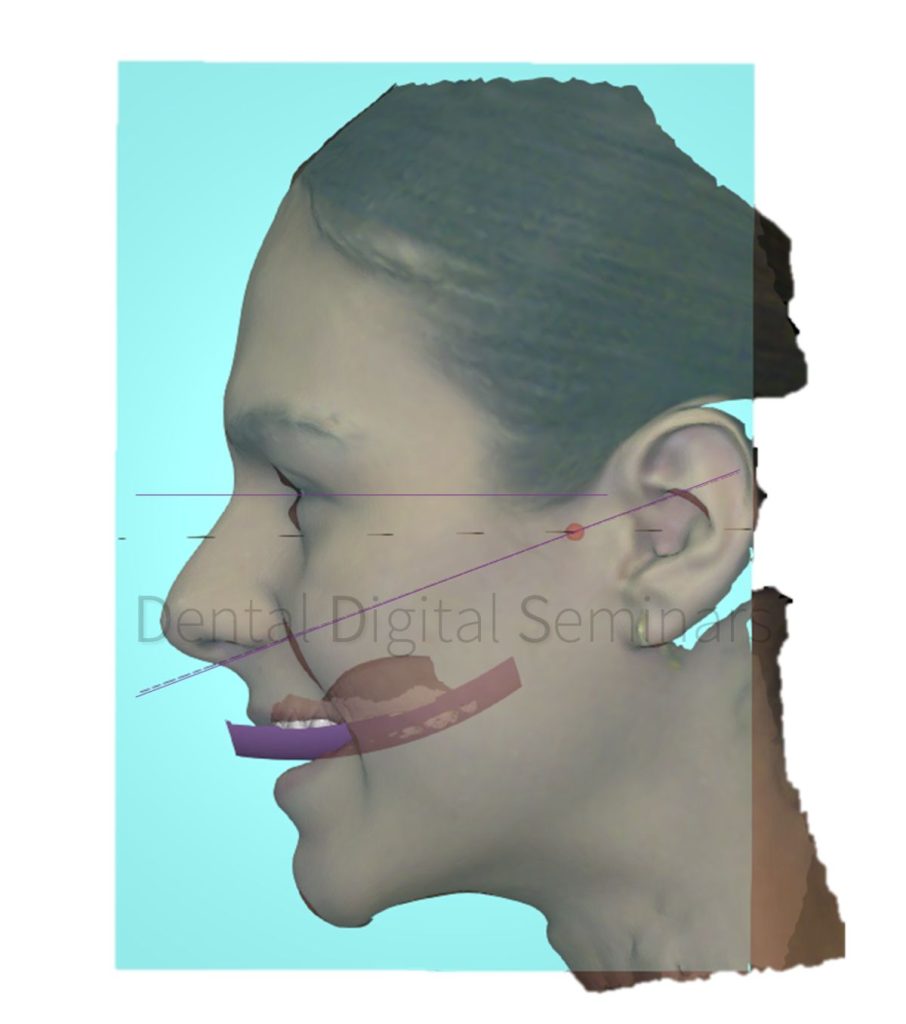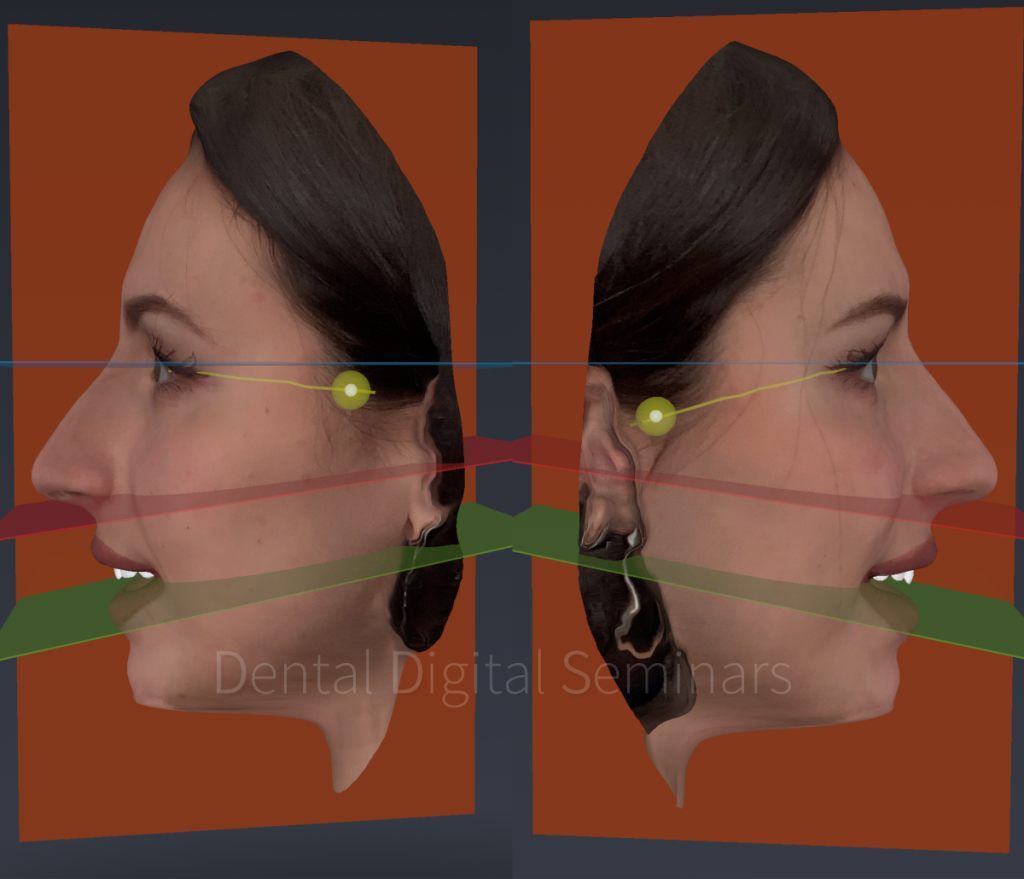Contemporary Prosthetic Registrations & Diagnostic Techniques
Often, in our everyday clinical practice we encounter problems for which we have no easy explanation. For example, during the fabrication of a simple dental prosthesis like a single crown we may experience great difficulty adjusting the occlusion properly, or we may face fractures of reconstructive materials in areas of more than adequate restorative space, or even construct beautifully looking reconstructions that do not seem in harmony with the patient’s facial characteristics.
What is the cause of all of the above?
Is it our own fault? Are we not using the indicated methods and materials? If we are using modern techniques like the digital technology are there limitations to the solutions they can provide to us?
Is it the fault of our lab technicians or the communication between us?
Is it the choice of inappropriate materials for our restorations?

The aim of this seminar series is to foreground the necessity for the recording of accurate registrations and for the collection of comprehensive diagnostic information with the use of the latest technological devices in order to facilitate clinicians and lab technicians solve as many problems as possible.
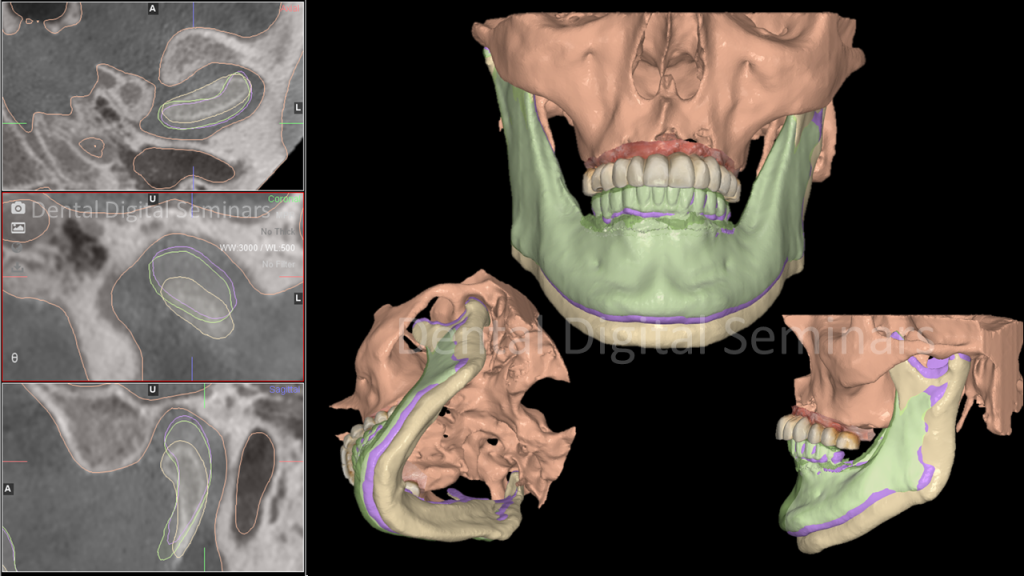

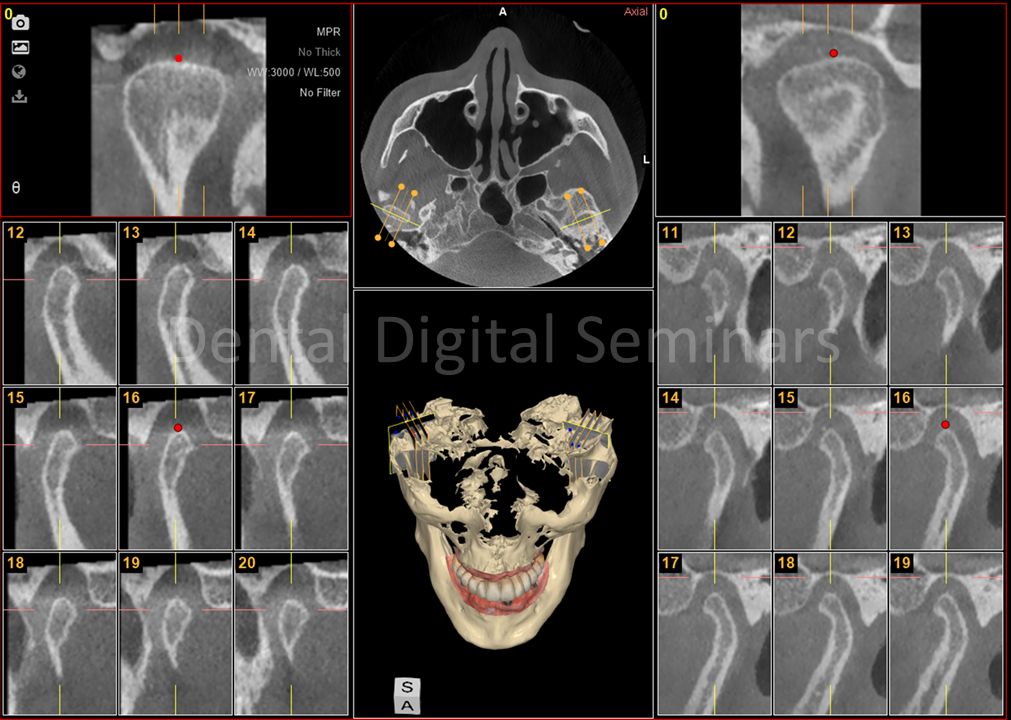
The seminars are aimed at
all those involved in Prosthodontics and Restorative Dentistry in general, so it concerns General Practitioners, Prosthodontists, Orthodontists, Lab Technicians and all those associated with treating patients with TMJ function problems.
The seminars discuss
the full range of dental reconstructions from simple cases of single fillings or fixed partial dentures to tooth or implant supported full mouth restorations as well as cases of Temporo-Mandibular Disorder.
Key Subjects of the Seminar Series
ANALOGUE SECTION
- Anatomy, Physiology and Pathology of the Stomatognathic system
- Theories of Occlusion
- Vertical Dimension of Occlusion, Anterior Guidance, Centric Relation and Therapeutic Position
- Face-bow registration
- Centric Relation registration
- Recording of eccentric positions and motion paths
- Articulators and Mounting procedures
DIGITAL SECTION
- Intraoral digital impressions – IOS
- Utilizing the Cone Beam Computed Tomography – CBCT
- Facially driven registrations (Photos – Face scan)
- Digital face-bow and virtual articulator
- Transfer of analogue face-bow registrations to the digital environment
- Recording of mandibular movement (FGS models)
- Virtual human articulator
- 4D dentistry – creation of the dynamic virtual patient
- Recording of the Centric Relation and altering of the Vertical Dimension of Occlusion
- Muscle activity analysis
